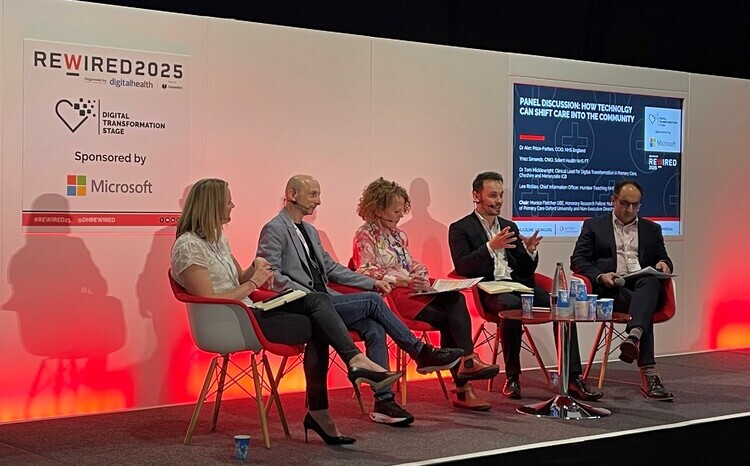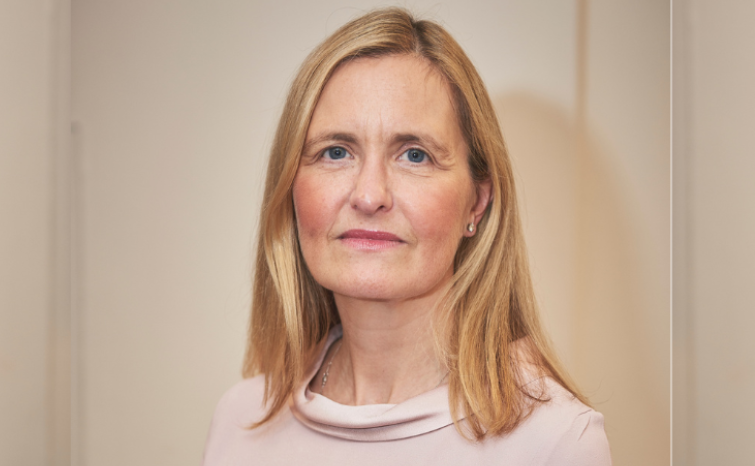Ade Memoire: how long?
- 17 August 2016

A year or so ago we learned that we had five years to achieve a digital, real time interoperable patient record.
I thought: “Five years, my brain hurts a lot, we've got five years, that's all we've got”. You could write a song about it if it hadn't already been done. So what does need to be achieved, and how long will it take, realistically?
We wouldn’t start from here
Let’s start with where we are now, at least in our hospitals, where this is where the ‘paperless’ initiative is primarily aimed.
The acute sector, as you will know, is far more advanced in the world of patient record systems than other sectors in health. It has encounters with people it does not know that it has to match, track and code.
It has to deal with a myriad of staff, lots of whom will be unfamiliar locums, wandering about and occasionally needing to record something into things called ‘episodes’. It has to group up these episodes and bill for them, while tracking standard mortality.
It has to send off, and get back, information from large industrial units of activity, such as laboratories that deal with millions of samples per annum.
It has to merge in data from a multitude of specialties, from theatres and critical care to rheumatology and dermatology (my own hospital has more than a hundred different specialities in terms of IT modules).
Even though you may have a single hospital electronic record, you will still have these things built within that system to some degree. Then there's research…
The “more advanced” thing is clearly a bit of sarcasm. But while we’re often told acute lags behind other health and industry sectors, there’s no getting away from the fact that it’s a massively complex environment.
So while hospitals have a lot of IT, few would claim they have an EPR. So how long would it take to go out and buy one, get it in place, and get it working properly?
Procurement
People whinge and moan a lot about procurement. Sometimes, it sounds as if the reason they can't get on and do things is the OJEU process.
This suggests that buying off frameworks could provide a shortcut. Wrong, for two reasons. Firstly, the procurement is not the rate limiting factor.
Secondly, it is nigh on impossible to adequately specify an EPR for a hospital within a framework that would allow you to come out of it with anything that would fit the organisation as it must.
You can try and shorten the process, but in my experience it will take a minimum of around 18 months, with all ducks lined up, clinicians engaged and so forth, to specify and buy a hospital wide clinical system that users will actually buy into – and this “buy-in” is absolutely critical.
(Actually, it’s not unlikely that you will have more than one organisation involved, and this will shift you from lining up ducks to waiting for planets to align in some kind of eclipse).
You can try using a framework, but if you do you might end up doing a lot of negotiation and change control when you are already over the proverbial barrel.
Oh yes, and watch out, because just when you think it's all over, and you have chosen your shiny new thing, you will be surprised at how long it will take to get that contract signed so you can mobilise.
Build, implement, roll-out
Then you have to build it, interface it, implement it and roll it out. When we did e-prescribing, and we were in full flow, we were going live on a couple of wards, then bedding in for a couple of weeks, then doing a couple more.
Implementation involved full on, 24×7 hand-holding support. That can be scaled down later, but on a current acuity project we are working on it has become clear that just to go-live on one ward will involve training over a hundred people.
It will take around 18 months to roll-out this project across a large hospital. And you can't do too many things in parallel, either from a user impact or technical change control perspective.
When it comes to what are generally seen as the core building blocks of an EPR, not all hospitals have yet done order communications. And most of the hospitals that have done order comms have only done what I would call basic pathology ordering.
Meantime, relatively few hospitals have yet done e-prescribing. Does it feel already like time is running out on five years?
Interoperability
“Interoperability” used to be one of those words I only heard when I spoke to geeks (who I think are technical versions of boffins). Now it seems to be part of business speak, like “bandwidth”.
In one way, this is really good news, as people now expect connectivity – even though they sometimes don't get why that might be hard.
In another way, it’s not good news because I’ve found that strategists like to talk about concepts of organisations being interoperable without wanting to focus on two underlying dependencies:
1. The data and systems must be interoperable
2. They actually need to have data to exchange; and on the acute side this will need to come from an EPR.
We run one of the more successful interoperability systems in the county in which my hospital is based, the Hampshire Health Record. We also run an imaging consortium and a sharing environment based on XDS.
Even so, I think of our solution as interoperability version 1.0 and we need to move to version 2.0; something that effectively joins up health and care organisations. The Bristol Connecting Care programme has been heavily engaged in templating some best practice around this.
Nevertheless, to get to where Hampshire, Bristol and some others are right now will realistically be a few years of work from inception to completion for many areas.
Where will we be in 2020?
We often hear debates about the benefits of large (or single system) EPRs and small (or best of breed) implementations, and recently those have become interlaced with open source v closed source solutions.
People may be interested to know that in Southampton we have been on the same path for a web-based, integrated platform for more than 15 years.
So given the [not unreasonable] timeframes laid down to achieve the so called interoperable real time record, the reality is pretty clear: if you still need to do the order comms, prescribing and interoperability pieces, then realistically time is running short.
That’s regardless of your philosophy of large megasuite v small interfaced approach, but we are inevitably going to see more of the large megasuite over the next few years.
Of course, we’ve just had another layer of uncertainty added in the form of the financial ‘reset’, which is making informatics people wonder about investment flows; and, possibly more importantly, is making the industry wonder about the same.
And then there’s the Brexit factor. However, hot off the press last week we heard about an exciting opportunity for exemplars to forge a way ahead and demonstrate to others what can be achieved!
I think we are very resourceful in NHS informatics; despite our poor reputation in some circles for being steam driven. Just look at what we achieve for about 1-1.5% of our organisation’s spending. So I remain optimistic with a tinge of pessimism. Call me a lad insane.
Just make sure you specify the interfaces open (@INTEROPenAPI) and all of the data accessible, however, or you may start out with a system from the man who sold you the world, but end up freaking out in some kind of moonage daydream!




